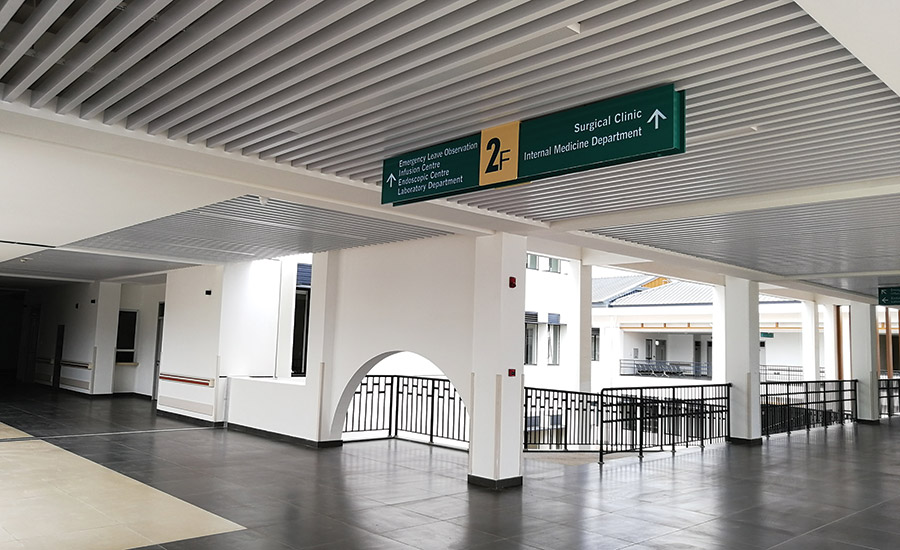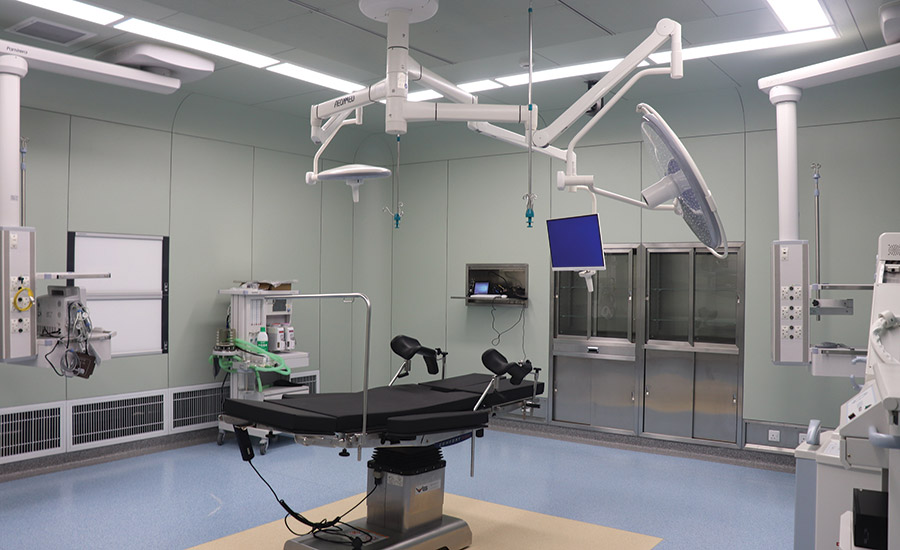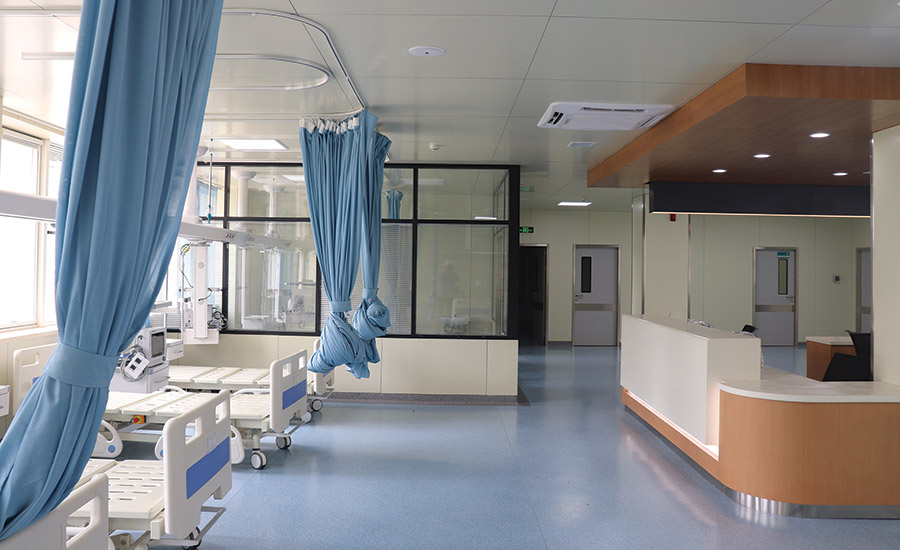Levy Mwanawasa University Teaching Hospital
Lusaka, Zambia
BEST PROJECT
OWNER:Ministry of Health
LEAD DESIGN FIRM; CIVIL, STRUCTURAL AND MEP ENGINEER:China IPPR International Engineering Co. Ltd.
LEAD CONTRACTOR:Shanxi Construction Investment Group Co. Ltd.
When the Levy Mwanawasa University Teaching Hospital opened in the Zambian capital of Lusaka in spring 2020, the expanded and upgraded facility was more than a successful project; it was a salvation for the African nation. The facility admitted Zambia’s first coronavirus patients in March and soon became the center of its response. Throughout the pandemic, the team says the hospital admitted over 70% of total COVID-19 patients in Zambia.
The transformation from a 159-bed facility to a modern, 826-bed teaching hospital was an arduous process. The construction team overcame long distances and numerous supply issues, says Wang Chongjun, chairman of the international division at general contractor Shanxi Construction.

Photo by Peng Weiwei
“On the continent of Africa, material transportation was a challenging and exhaustive task, especially during the pandemic,” he says. “It was difficult to book containers and ships, and goods must pass inspections at the port before freighting.”

Photo by Peng Weiwei
Since Zambia is a landlocked country with no seaport, material and equipment deliveries arrived at neighboring Tanzania and were shipped over thousands of miles of road, a process hindered by occasional truck driver strikes, Wang says. The country also lacks natural river sand to mix concrete, so the team worked with local scientists to allow the use of crushed rock powder instead.

Photo by Peng Weiwei
The hospital design team kept Zambia’s climate in mind, especially the region’s high temperatures and long rainy season. The roof is made of an aluminum magnesium alloy to reduce weight, provide better insulation and protect against leaks. Designers added connecting corridors so patients and staff no longer have to wait until the rain stops to move between buildings. The architecture blends Zambian and Chinese elements and features picturesque pavilions and terraces.

